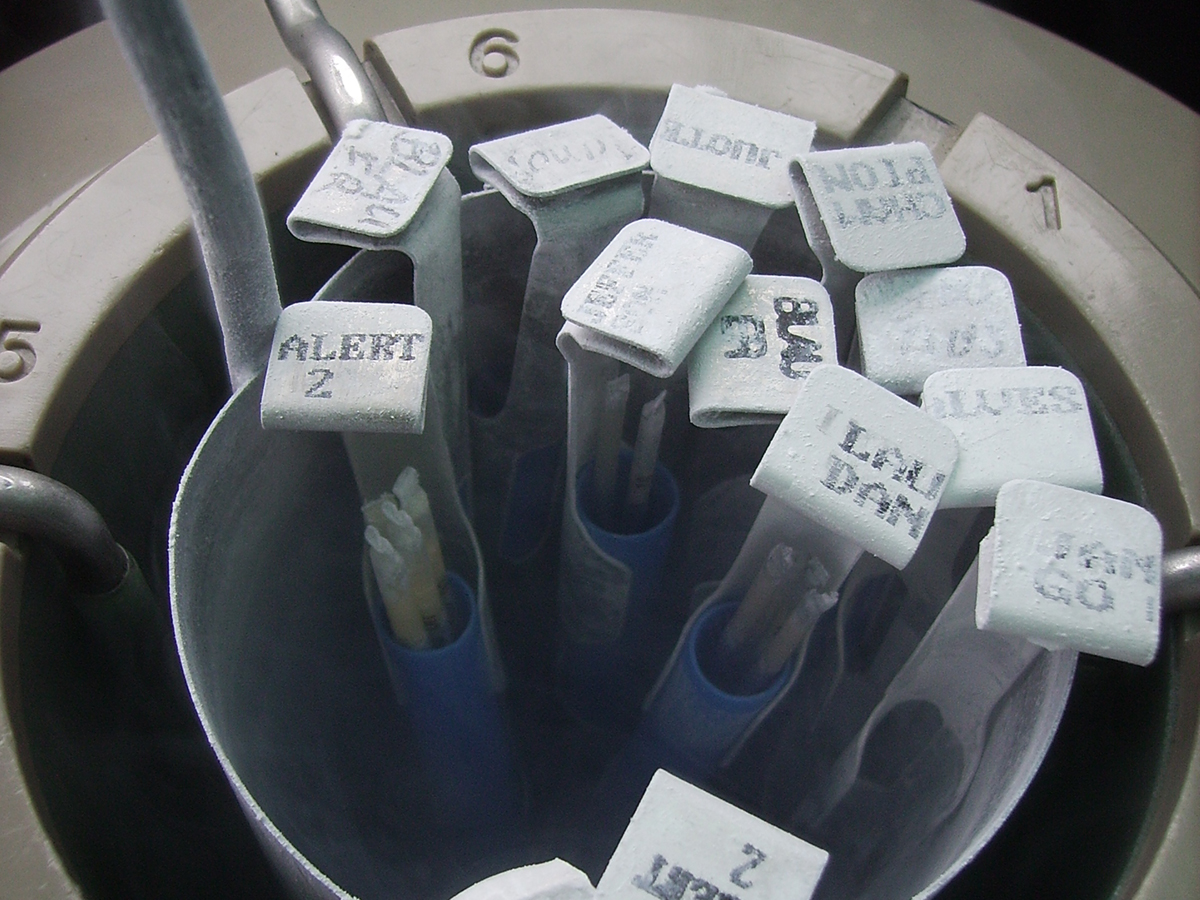
Introduction
There are people who desperately want children, but, unfortunately, the husband is infertile. This means that either the husband or partner is impotent or that his sperm is of insufficient quality (low sperm cell count, abnormal size and shape of sperm cells, various other parameters), or that, although he might be having no potency problems and is able to penetrate woman and have satisfying sex, he cannot inseminate his partner and produce a child. Also, a woman who has no partner might wish to become a mother. Solution for this problem lies in artificial insemination. Basically, this means that the woman will be inseminated with the sperm of another man, be it from a known sperm donor or with a sample from a sperm bank.
Types of artificial insemination
Obviously, the procedure includes injection of the sperm into the female genital tract. Depending on the location where the sperm is injected, there are four types of artificial insemination: if the sperm is placed in the neck of the cervix it is intracervical insemination, if the sperm is placed in the base of the cervix it is intravaginal insemination, if the sperm is placed inside the womb, it is intrauterine insemination, and if the sperm is inserted as far as in the fallopian tubes, then it is intratubal insemination.
Artificial insemination at home
This process is less invasive and more private than intervention at the clinic, and it is also less expensive. Good time to perform artificial insemination is when the female partner is about to ovulate. Ovulation is a time when the mature, fertile egg cell is released from the ovary into the ducts of the reproductive tract. This is obviously the most fertile time in the cycle and then is the maximum chance of conception. Ovulation usually happens 14 days before the start of the period.
The process
Assuming that you have obtained sperm from the donor or from the sperm bank, you are ready to start. You will need a syringe (without the needle). Draw in air into it and push it out to wear it in and make the piston motion smoother. Then, draw the sperm from the container in the syringe and carefully push excess air, if any out. Lie on the bed and insert a pillow or similar support beneath your pelvis, as this will tilt the top of the channels of the reproductive tract downwards and help the sperm to get in there by gravitational pull.
Then, carefully insert the syringe as deep in the vagina as possible and slowly push the calliper to inject the sperm inside. Maintain position for about half an hour, while the sperm makes its way deeper, towards the egg. If you have orgasm after this (say, by stimulation of the clitoris) you will increase the chance to get inseminated. During orgasm, the cervix will dip into the vagina and suck in sperm, making its journey easier and faster.
This method is used for intracervical insemination and intravaginal insemination, while, if you wish to attempt the other two methods, it would be wise to seek help and information from an expert.





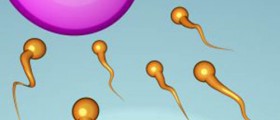
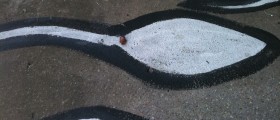

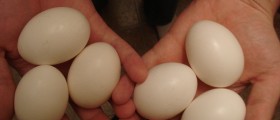





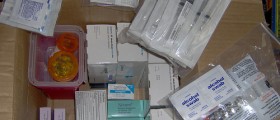


Your thoughts on this
Loading...